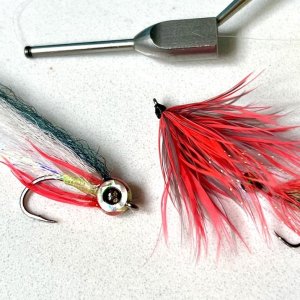Decided I'm just going to replace the entire hub on each of them. Start fresh. Especially since they all are a bit... weathered
I did that on my boat trailer instead of replacing all the bearings , race etc . But the ones I bought still needed to be packed, which I liked , I knew they were done right












